
Overview
Redeveloping an existing building for an alternative use can be a challenging task when trying to meet building code requirements. Redeveloping a building which was never intended for residential use and is more than 90 years old brings a completely new (or are they old?) set of challenges. The most common building code that must be considered when designing residential construction is the International Building Code (IBC). Since the building is located within the District of Columbia, the District of Columbia Building Code also applied. One requirement specified within IBC and DCBC is the level of acoustical separation that must be provided between living spaces and adjacent uses. In an existing building that was not designed for residential use, it can be difficult to determine if the existing partitions (i.e. walls and floor/ceiling) will provide the required level of noise reduction to meet IBC. To overcome this challenge, field testing can be completed to determine the partitions’ acoustical performance.

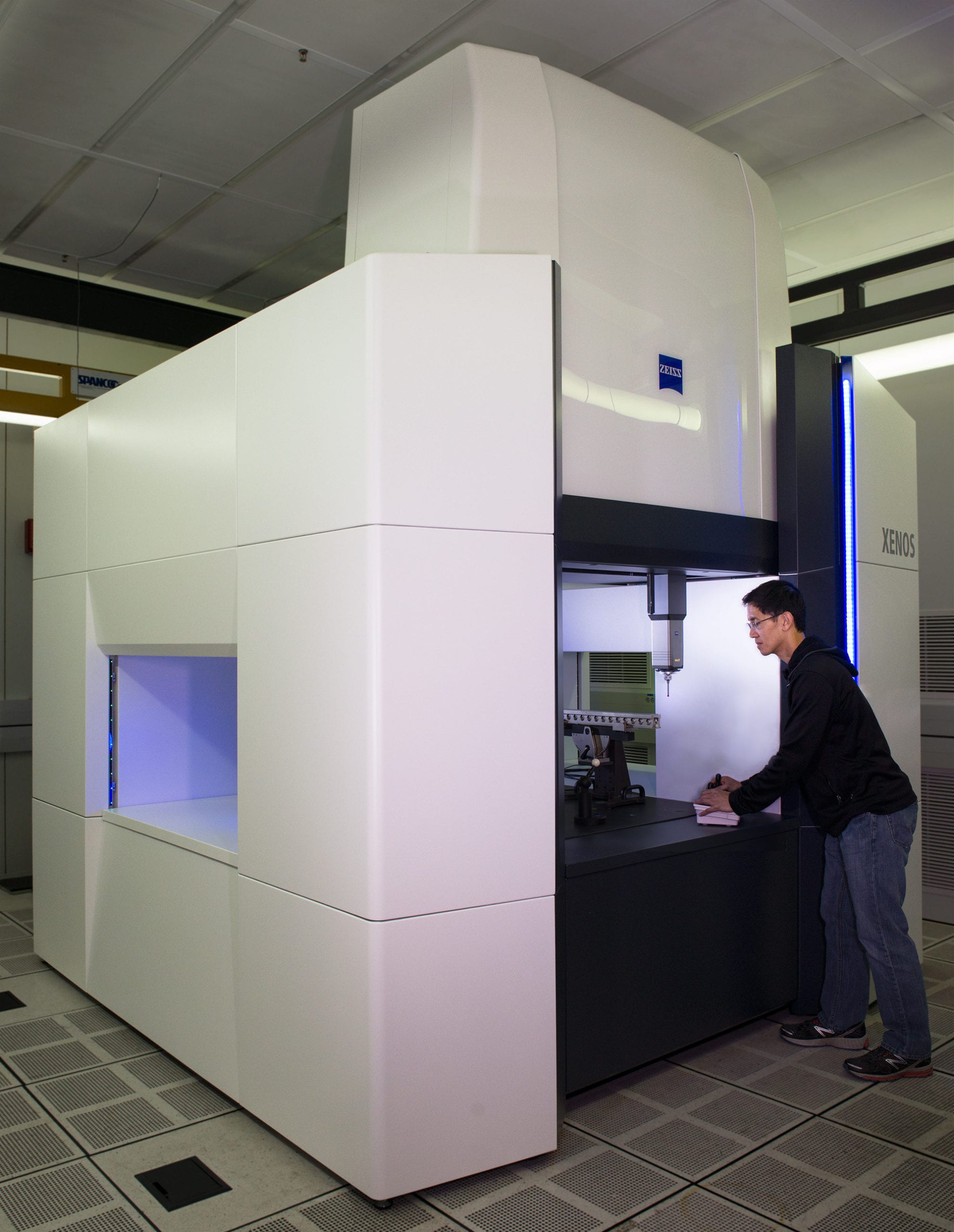
NIST Zeiss Xenos Measuring Tool

Pearl Street Warehouse

Triad Engineering Inc.

CorePower Yoga
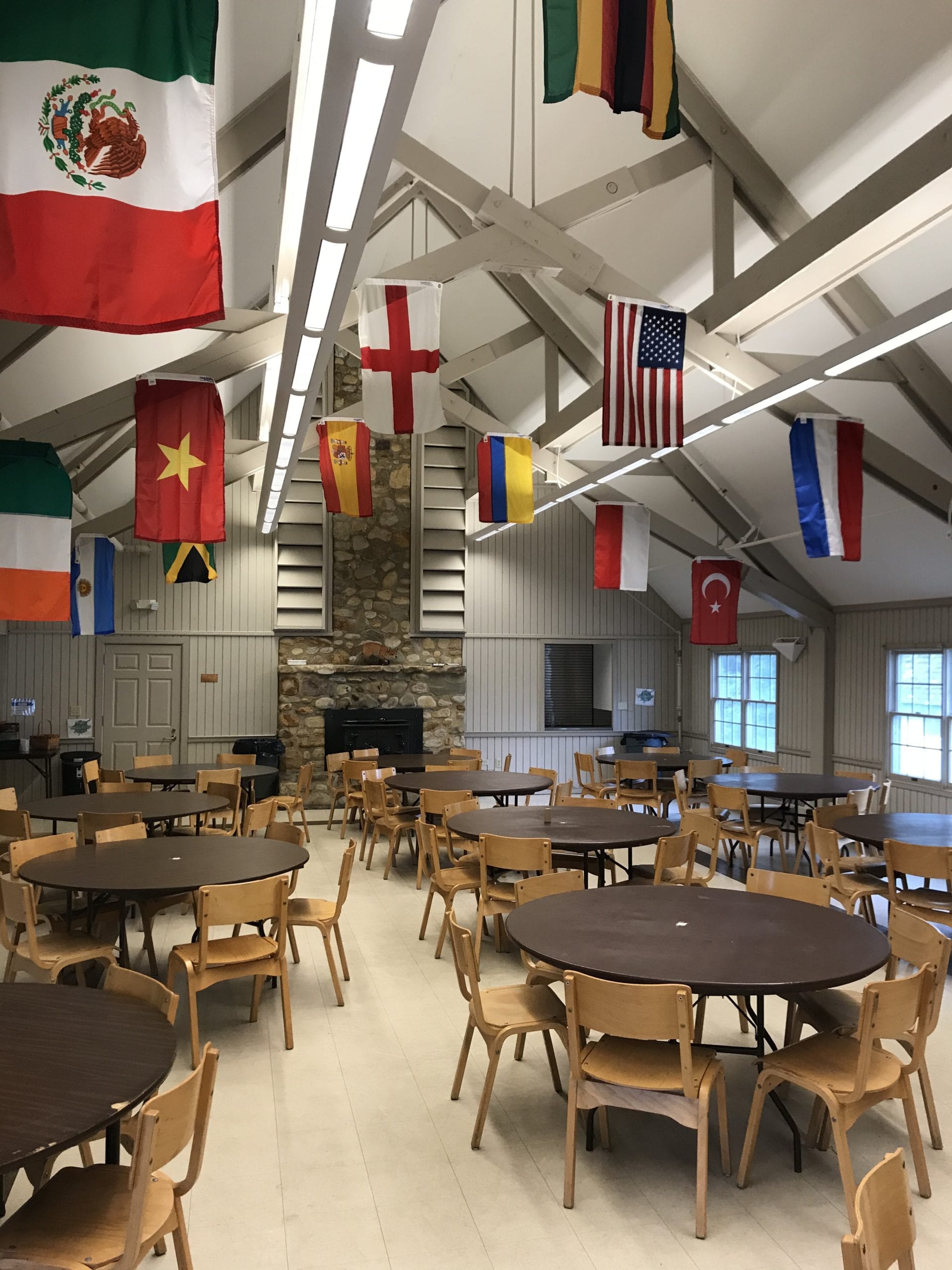
Easterseals of Delaware and Maryland’s Eastern Shore
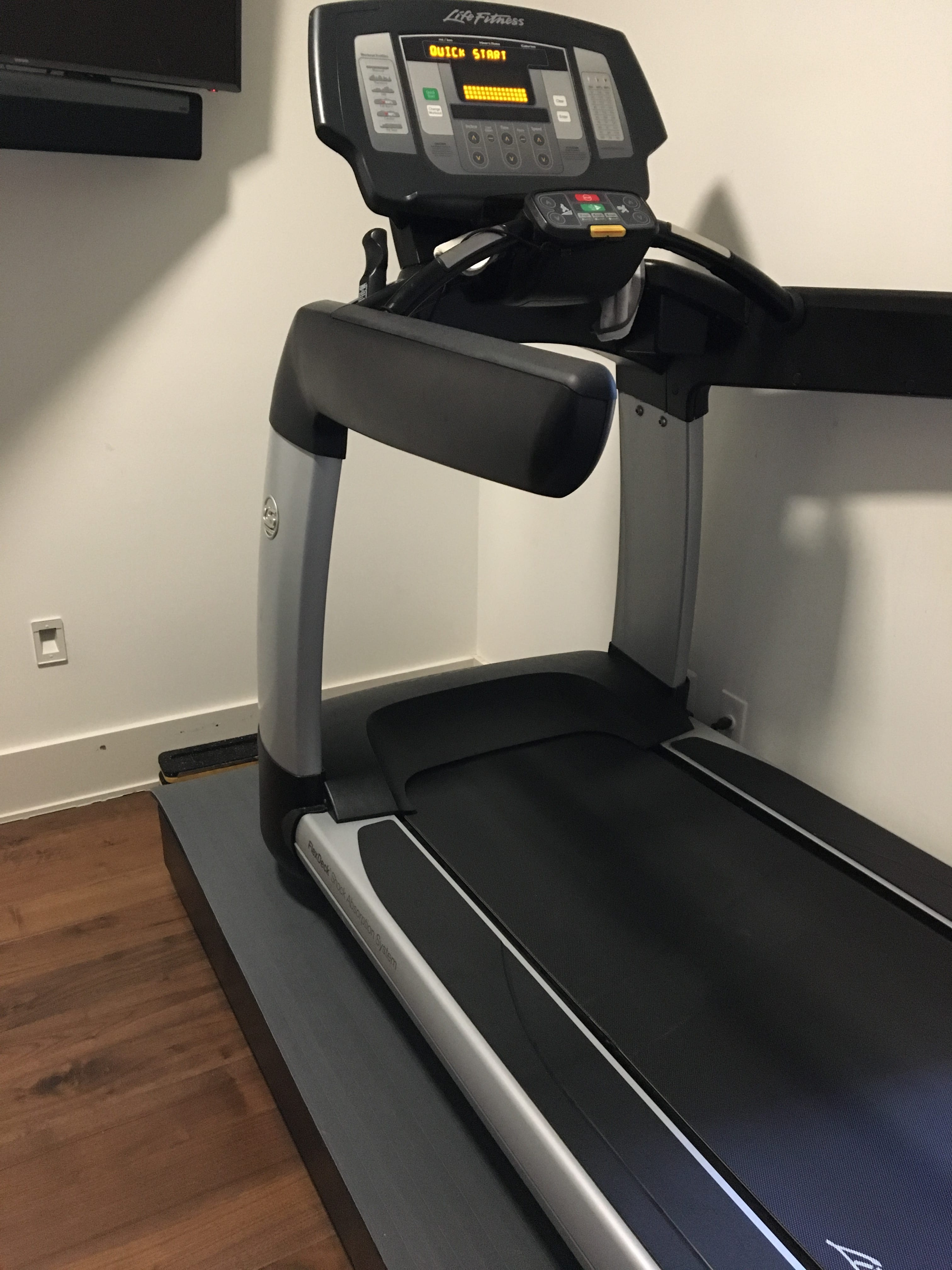
Private Condominium Treadmill Isolation
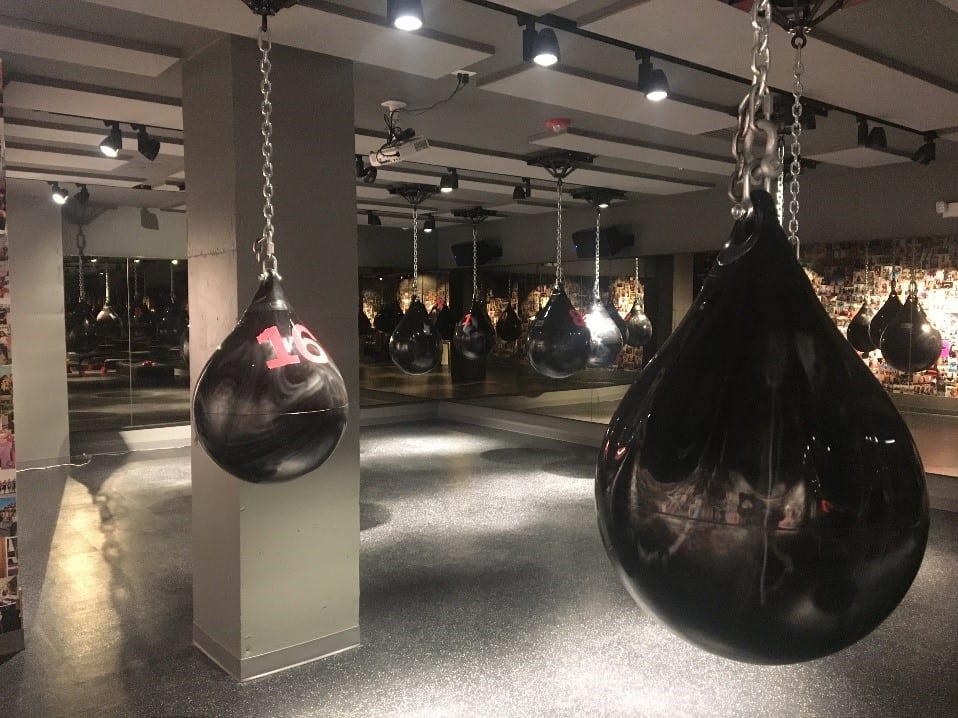
Bash Boxing Arlington
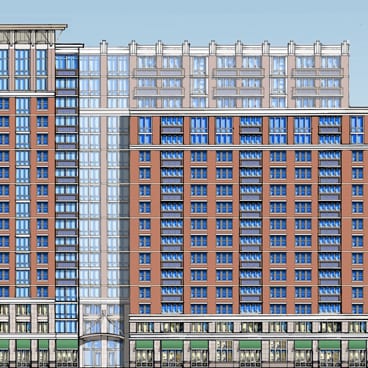
1150 Ripley Street – Silver Spring, MD

Alexan 24 – Arlington, VA
About Us
““We hired Erco to install the prescribed sound panels. The end result is excellent. My people are very happy with the reduction of ambient sound. We have had a couple of groups use the dining hall before the Covid-19 hit and we definitely noticed an improvement. We look forward to opening Camp in the fall and having the dining hall full of people.”
“Thank you for the work you did that helped lower the ambient sound in the dining hall.”
”
““We have been extremely pleased with the expertise and the excellent service you have provided us throughout this whole process!!!” ”
“I have personally been working with Phoenix for almost a decade, and they have been an excellent consultant to work with. They respond in a timely manner, and the information they provide is comprehensive and clearly presented. The building analysis Phoenix provides is very clear and easy to interpret. They provide color-coded three-dimensional diagrams that describe the noise impact on a structure. These diagrams have proven to be very helpful for the design team, ownership and contractors. Phoenix also provides detailed reports that include acoustical details, partition types, wall assemblies as well as product recommendations that we then incorporate into our contract documents.
ln addition to the formal reports, they are also very responsive to impromptu questions that come up during design and construction. They have a good comprehension of all project phases, and are able to respond to questions accordingly.
ln summary, I would highly recommend using Phoenix as an acoustical consultant, and I am happy to answer any additional questions you may have.”
